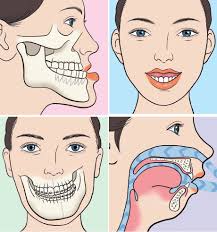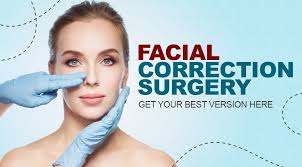An upper jaw can be fixed with orthodontics, surgery, or a combination of both. The treatment depends on the severity of the issue.
Orthodontics
- Braces or clear aligners can gradually move teeth and jaws into a better position.
- Headgear braces can correct more severe bite issues.
Surgery
- Maxillary osteotomy is a surgical procedure that involves cutting and repositioning the upper jawbone.
- Le Fort maxillary osteotomy is used for severe cases of upper jaw protrusion.
- Anterior maxillary osteotomy is used for mild to moderate cases of upper jaw protrusion.
- Genioplasty is a surgery that changes the shape or position of the chin.
Combination of orthodontics and surgery
- In many cases, you'll start with braces and then have surgery later on.
- Orthodontic treatment prepares your teeth for surgery.
Other treatments
- Jaw exercises can help realign your jaw over time.
- Biomimetic oral devices can stretch the upper arches of your mouth.
A healthcare provider can tell you what to expect in your unique situation.





